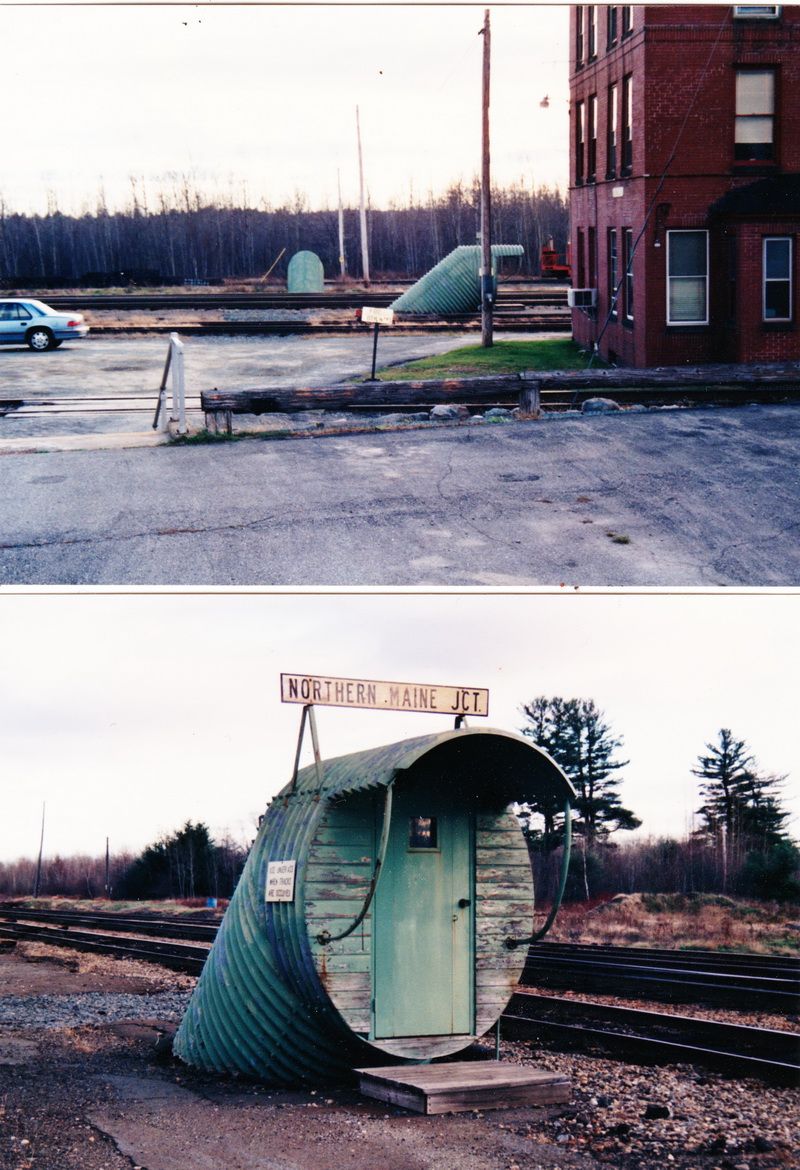Some people have used the poly-based lawn edging stuff, long, thin and cheap.
often called “bender board”, although new plastic stuff can have a round lip which won’t work.
Greg
Some people have used the poly-based lawn edging stuff, long, thin and cheap.
often called “bender board”, although new plastic stuff can have a round lip which won’t work.
Greg
Greg Elmassian said:
I’m surprised that so many people want to use wood instead of the pvc or poly alternatives…
even here in CA we get wood rot, and the redwood and cedar we get is crap compared to what you got 20 years or so ago, they stain the redwood red because you never get the good “heartwood” any more except at specialty ($$$) wood places.
Greg
Greg, you are correct, it doesn’t make a whole lot of sense until you look at the price of the pvc “lumber”. In a lot of instances, it simply becomes a matter of dollars and one has to ask the question: do I not have a RR because I can’t afford to build it out of materials that will last more or less forever, or do I build something I can afford with the knowledge that at some point it will need to be repaired or replaced. Hell, what’s the fun in building something that will last forever (https://www.largescalecentral.com/externals/tinymce/plugins/emoticons/img/smiley-wink.gif). I say all this because I am currently wrestling with this exact dilemma. Yeah, yeah, Sean … I know, just another excuse, right (https://www.largescalecentral.com/externals/tinymce/plugins/emoticons/img/smiley-sealed.gif). Anyway, I appreciate the discussion, it is very timely for me.
Another option that won’t break the bank is the use of two parelel glued together lengths of i/2" pvc conduit. That is what I used on my raised bed portion of my railroad. It was easy to lay out, easy to assemble and it has given me no problems. It is supported every 12" by white 1/2" X 1 1/2" pvc “furring strip” blocks using weatherproof decking screws to hold it together and attach it to the benchwork. It easily bends to the desired curve and once attached to the block it becomes quit rigid. 1/4" blocks can be used to change the grade if necessary for leveling purposes and/or to create elevation . The grey color matches the grey crushed limestone ballast making it almost invisible if some of the ballast gets moved around. Before the track was installed I used a belt sander to level out the joints that connected the glued conduit sections together. It worked out great for me and it’s cheap. For a 10’ length at Lowes it’s only $2.16.
Mark,
Did you take any photos of your method you can share?
Joe, I have taken pictures and would like to post them but unfortunately with my MacPro and iPhone that is not my strong suit. However, I will tackle that again and attempt to get them out there. Thanks for asking. Mark
Mark,
I can see how you did it in this photo of yours…
Joe, Thanks for bailing me out again. I’ve been out of town and didn’t have a chance to work on it. This pic shows the conduit framework coming off the “on the ground” section and onto the raised bed section. I’ll try to get a close up view of the raised bed method of construction. Mark
Joe Zullo said:
Mark,
I can see how you did it in this photo of yours…
Wait a minute here. Is that a tunnel for a full sized human to go under?
It’s a “go under” trench rather than a tunnel.
Ah, now I see. Last night I looked at it and thought of this
